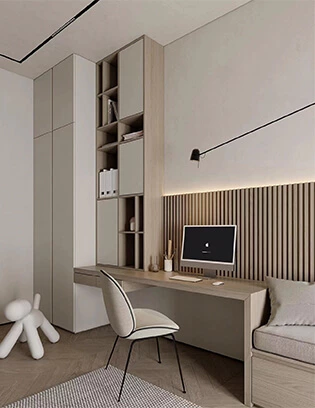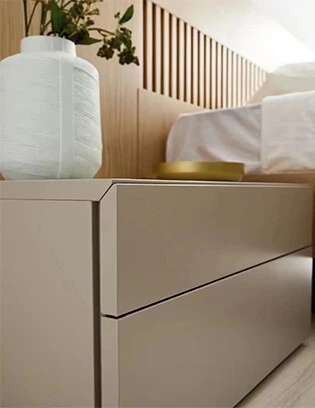A Beginner Guide To Wall Paneling
Wall paneling, also known as wainscoting or wall cladding, serves not only to protect walls in home interiors but also has the potential to add charm and character and transform your home space. If you’re new to this, read on and get a little know-how to make your ideal wall panels.
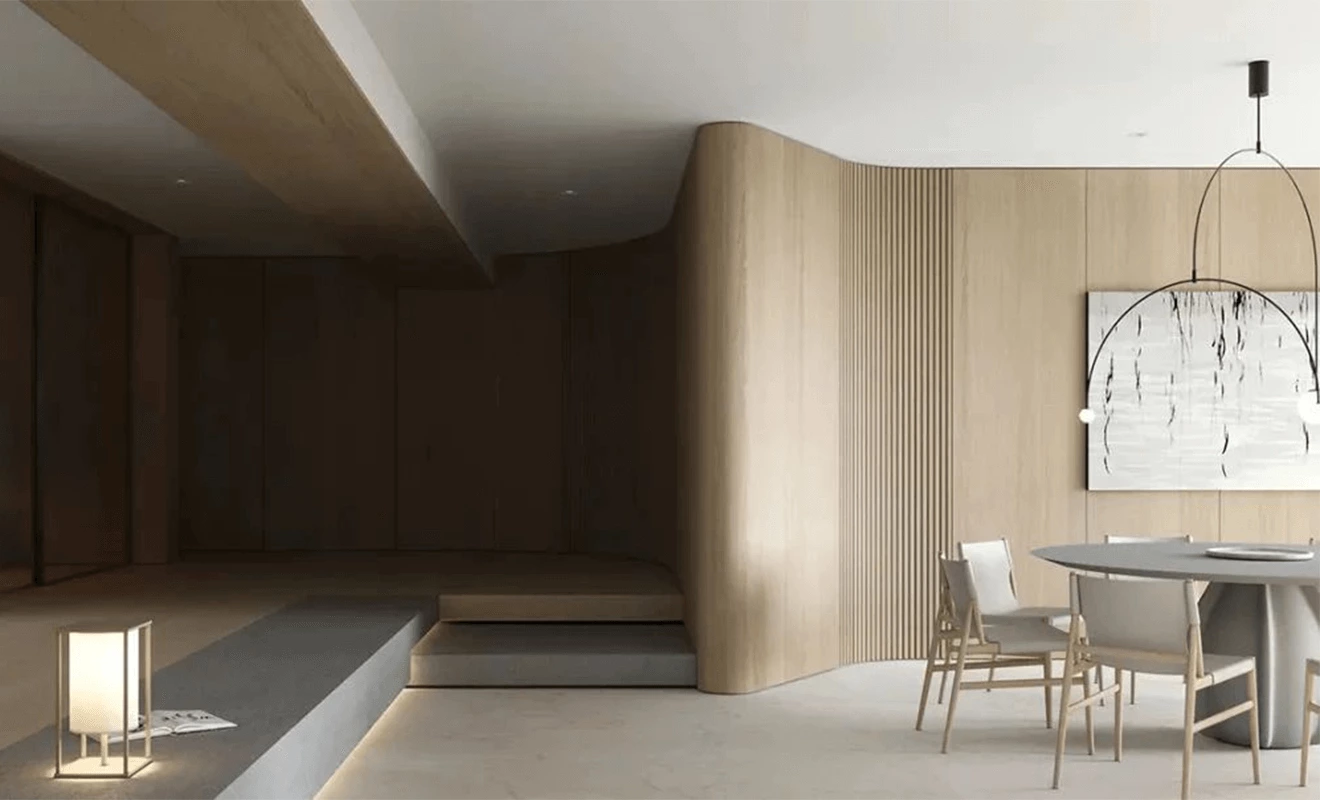
Functions
Aesthetic Appeal: wall panelling boasts beautiful patterns and various connections, making them highly decorative. Among all wall materials, they stand out for their visual appeal.
Unified Style: Besides their basic decorative and protective roles, wall panelling excels at creating a seamless connection between different spaces, enhancing the overall design consistency. Depending on personal preferences, you can choose from various materials and patterns to create a visually pleasing and cohesive interior.

Ease of Maintenance: Compared to materials like wallpaper, tiles, or latex paint, wall panels are easier to maintain. Beyond their aesthetic charm, they offer benefits such as sound absorption, noise reduction, wear resistance, pest prevention, and thermal insulation. They are both durable and convenient.
Materials
Solid Wood Panels: Made from whole pieces of wood, these panels are highly durable, eco-friendly, and feature natural textures. They offer superior decoration compared to engineered panels but are costly and less commonly used.
Engineered Panels: Available in a wide variety, including plywood, particleboard, MDF, and chipboard, each with its own advantages and disadvantages. Plywood and particleboard are the most commonly used in wall paneling.
Stone-Plastic Panels: Composed mainly of stone powder, calcium powder, and PVC, these panels are dense and heavy, with a plastic-like texture. They are less environmentally friendly and relatively inexpensive.
Bamboo-Wood Fiber Panels: Made from foamed PVC, calcium carbonate, bamboo, and wood powder, these panels are lightweight and can mimic the texture of solid wood. They are a budget-friendly option for those looking for a more affordable alternative.
Wall Panel Designs
Full-Wall Coverage: This design involves covering entire walls, making it ideal for large spaces like living rooms and bedrooms. It can be used for feature walls, TV walls, and headboard walls, with the design and material chosen based on the overall style.

Wainscoting: Also known as half-wall paneling, this design covers the lower part of the wall, often with a decorative trim or molding at the top. It adds visual interest and detail to the space.

Framed Designs: Background walls can be decorated with frames, which can include relief designs, and are directly installed on the wall. This not only protects the wall but also creates an opulent European-style look.
Applications

Integrated with Hidden Doors: Wall panels can seamlessly conceal doors, a technique often used in minimalist designs to create a streamlined, continuous decorated wall surface.

Combined with Custom Cabinets: Either match the cabinet finish with the wall panel for a cohesive look or use the same material for cabinet doors as the wall panels, blending them into the wall similar to a hidden door design.
Integrated with Ceilings: To create a more cohesive space, wall panels can be extended to the ceiling, unifying the overall design.
Assembly Methods
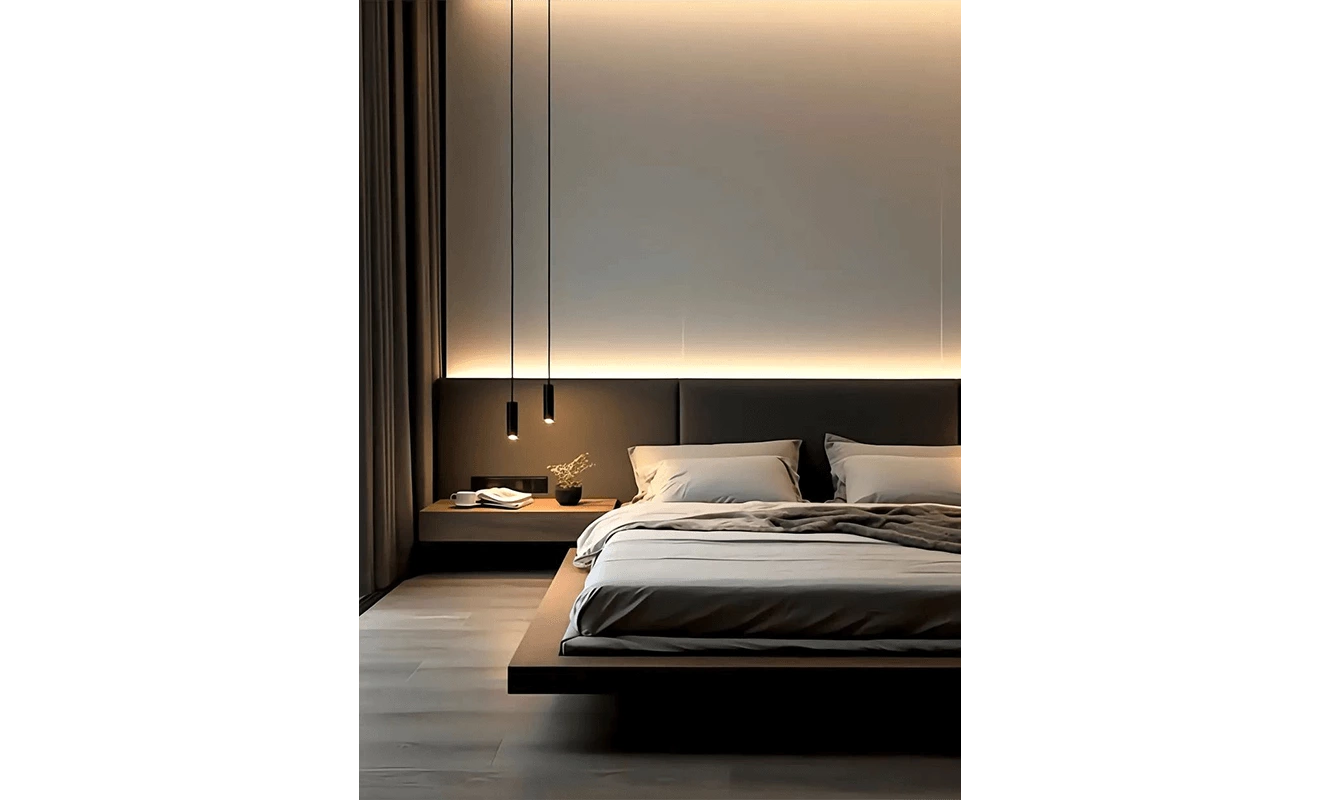
Seamless Joint: Wall panels are installed across the entire wall with nearly invisible seams, giving the impression of a whole, continuous surface. This design choice emphasizes the room’s spaciousness and openness, making it particularly suitable for larger areas. However, avoid using panels with overly dense patterns in seamless designs, as they can make the wall appear cramped and overwhelming.
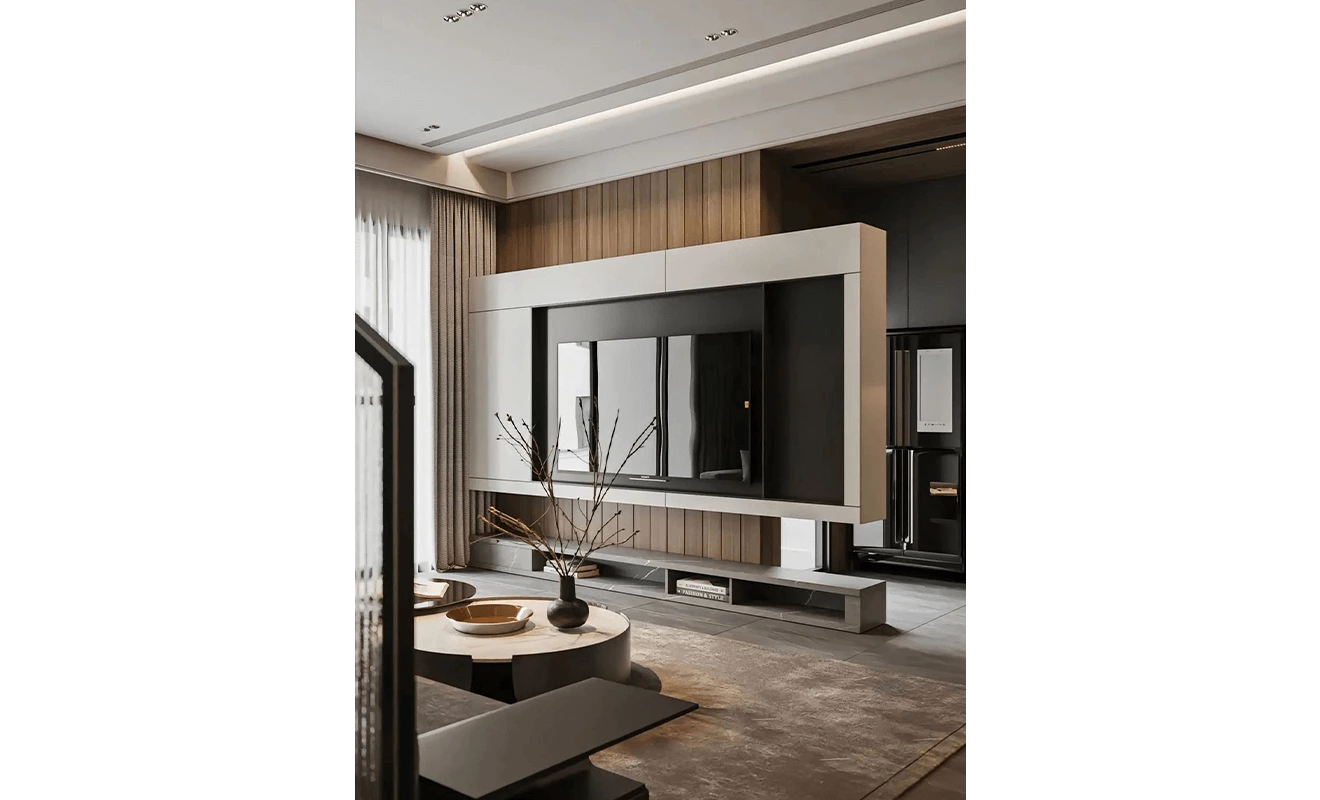
Gap Joint: A deliberate gap of 2-3mm is left between the panels during installation. This adds a sense of structure to the wall, emphasizing symmetry or aesthetic harmony.

Mixed Assembly: Wall panels can be mixed with other materials like metal, marble, latex paint, wallpaper, or light strips, adding layers and visual interest to the space, creating a unique design style.
